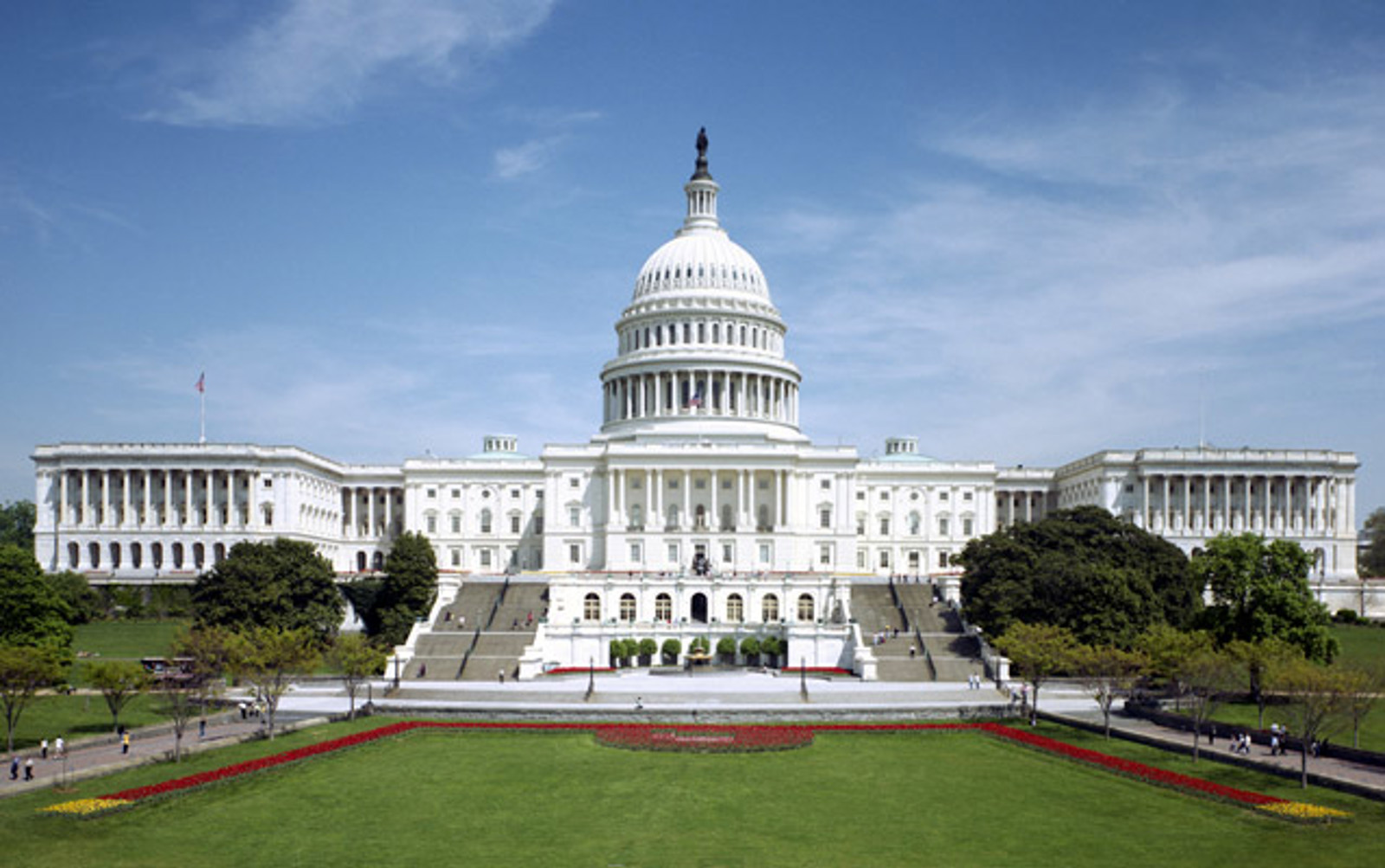Student Aid Not Protected in Senate Education Jobs Bill
Like ARRA, the new bill introduced April 14 includes a "maintenance of effort" (MOE) provision that requires states to maintain 2010 education funding at the same percentage of the state's overall budget as in 2006; and 2011 funding at the same percentage as 2009 funding. Despite NAICU's ongoing efforts, and the leadership from the state executives on this issue, the bill does not include state student aid funding or institutional aid to private colleges under the MOE.
One of Congress's main goals in both bills is to shore up state budgets and prevent cataclysmic cuts, especially in education. An unintended consequence of last year's MOE provision was that some states cut their overall student aid programs or institutional funds to private colleges because they were among the few education funds that weren't under the MOE protection. We are concerned that without an MOE for state student aid funds, this pattern could continue.
Mandating that states protect funding levels for public colleges could instead encourage states to make education cuts in aid programs to students. Congress fails to appreciate that, in many states, it is often cheaper to send in-state students to private colleges through modest grants, than to educate them at public colleges, through tuition subsidies at much higher cost to taxpayers. Protecting funding only for public institutions and need-based aid would encourage states to cut efficient programs that help students attend in-state private colleges, and student aid programs that help all students.
This course is especially unwise at a time when many state colleges are facing capacity issues. Those students shut out of the public colleges then must consider private colleges as their only alternative. This a contributing factor to why, in many states, the average family income at private four-year colleges is lower than it is at public four-year colleges.
If Congress is to protect higher education funding from state cuts, it should start by protecting students. This would be consistent with the established principle, under the federal Higher Education Act, of treating students at all institutions the same.
For more information, please contact:
Stephanie Giesecke

